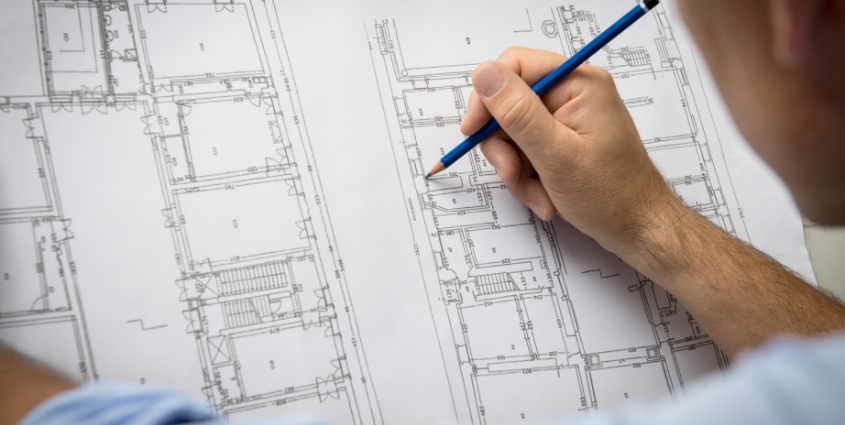Top considerations for incorporating water reuse in architectural designs


Implementing a blackwater or greywater reuse system into a project lessens the impact a building has on its community, and is a great way to reduce building costs, achieve green certifications, and meet regulatory requirements. Architects across the country are incorporating onsite reuse into integrated, sustainable building designs. However, many considerations go into determining if onsite water reuse is right for your project.
Here are four considerations architects should keep in mind for implementing water reuse in their next project design.
Regulatory requirements
Regulations and ordinance requirements for onsite water reuse systems will vary based on your project’s location. The permitting process can take anywhere from 12-18 months, and involves coordination with various stakeholders, including local government authorities, planning departments, and other regulatory bodies. It’s important to understand the optimal timeline for permit submission, and taking advantage of any grants or incentives will often impact submission timelines.
To simplify the project delivery process, Epic Cleantec will help navigate an often-complicated regulatory landscape no matter where your project is located. Our team has extensive knowledge in handling this process to ensure each onsite water recycling system meets the strictest relevant local, state, and national standards.
Infrastructure requirements
In an ideal scenario, a water reuse system would be seamlessly integrated into the overall building or site infrastructure. If you plan to implement onsite water reuse in your project, consider the physical space required for water treatment and storage components, as well as the piping and distribution network. Square footage directly impacts construction costs, so designing spaces that meet requirements while minimizing square footage use will help keep costs down. Epic’s OneWaterTM reuse system is compact and modular so it can scale up or down to accommodate the building’s needs.
The sooner you look to integrate a reuse system into the building design, the better. Our team will serve as a trusted advisor of the design and engineering for your project’s specific needs. We can provide insight into what modifications or upgrades to existing infrastructure plans are needed to accommodate a reuse system.
Financial impact of systems
Cities and states nationwide are crafting policies that incentivize the adoption of water reuse, from rebates and tax credits to grants and loans, lowering the financial hurdles for businesses and utilities to invest in onsite water reuse systems. Epic’s onsite water reuse solutions offer a predictable and often lower cost for water compared to traditional municipal supply, with ROI achieved in as few as 3-7 years. This is particularly compelling as water and sewer rates across the country have outpaced inflation by nearly 300% over the last two decades. Additionally, heat‑recovery has the potential lower energy use and projects can see savings ranging from $25k–$200k per year.
Reusing water onsite means less money spent on wastewater discharge and treatment fees. Epic offers free project assessments that help determine the annual water usage and the impact an onsite water reuse system can have to help you make an informed decision. Further, our knowledge of relevant grants, incentives and outside funding options will help you maximize ROI.
Achieving sustainability goals
Tenant and resident demand for sustainable building technology is on the rise; 34 percent of the population is willing to pay more for sustainable products or services. Developers are seeking solutions to address their Environmental, Social, and Governance (ESG) obligations, with water as a notable focus. Water reuse solutions can help projects reach sustainability goals with award-winning solutions and more marketable spaces.
Epic Cleantec delivers complete design and technology solutions that will help your project achieve water conservation goals while delivering on wastewater management needs. If you’re considering Living Building Challenge, we know how to navigate complex Water Petal certification projects, and our full resource recovery solutions can earn up to 25 LEED v5 points.
Incorporating water reuse systems into building designs presents an opportunity for architects to enhance the resilience and efficiency of buildings while minimizing the environmental footprint. Embracing water reuse is not only a responsible choice but also a smart investment in the future of our built environment. If you’re looking to design for the future and incorporate water reuse in your next design, connect with us.

